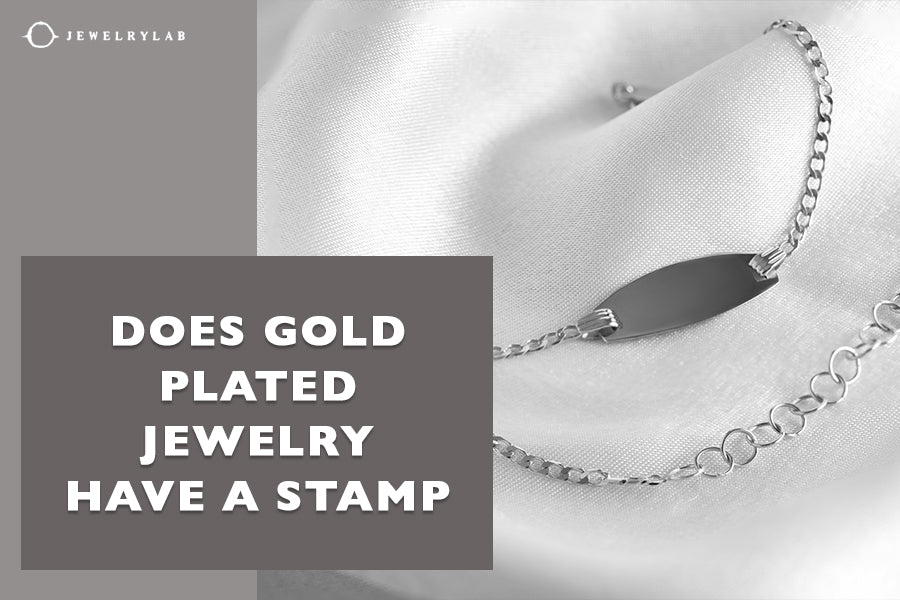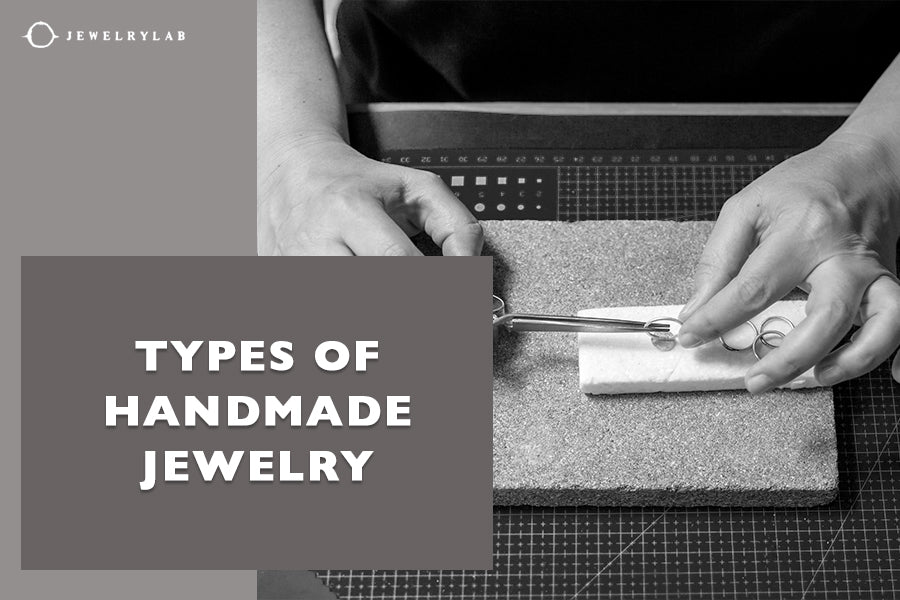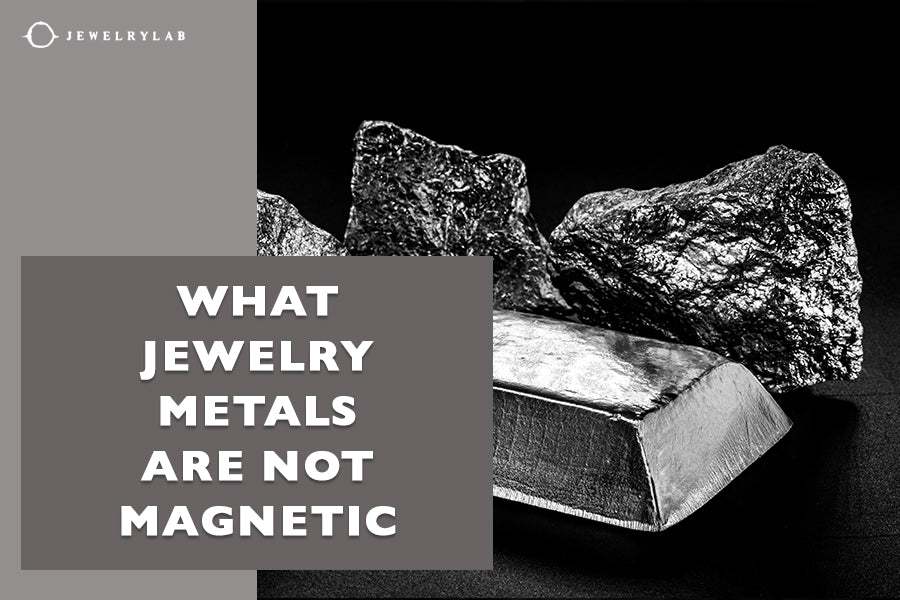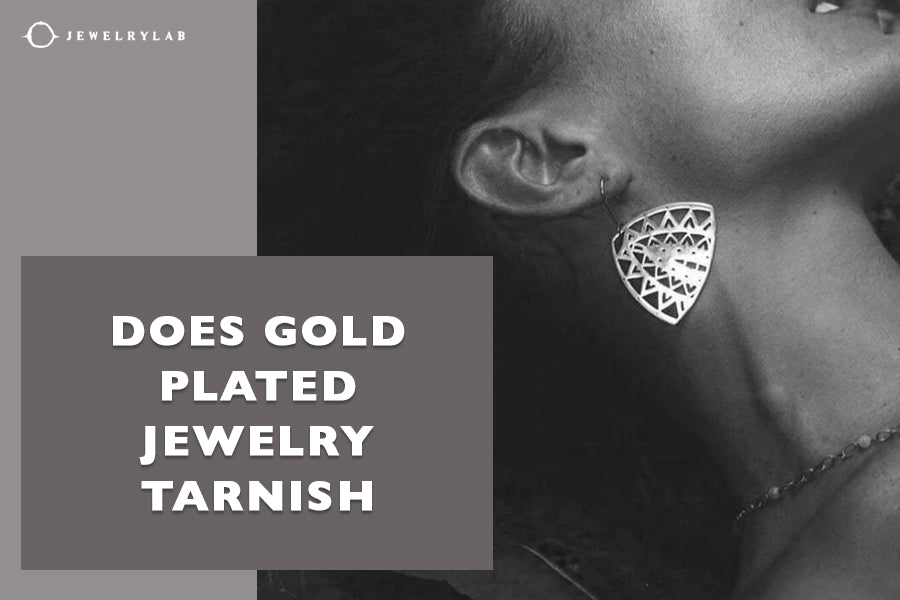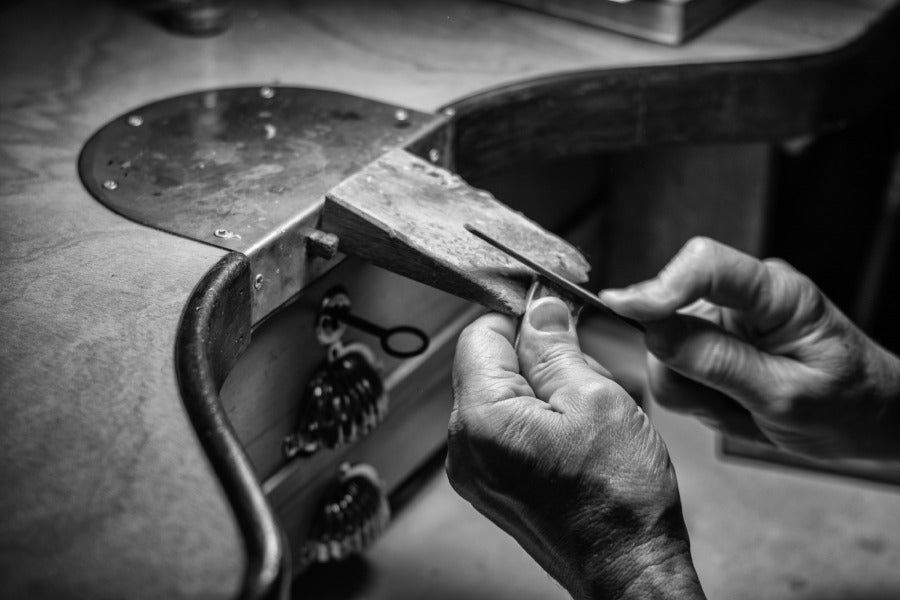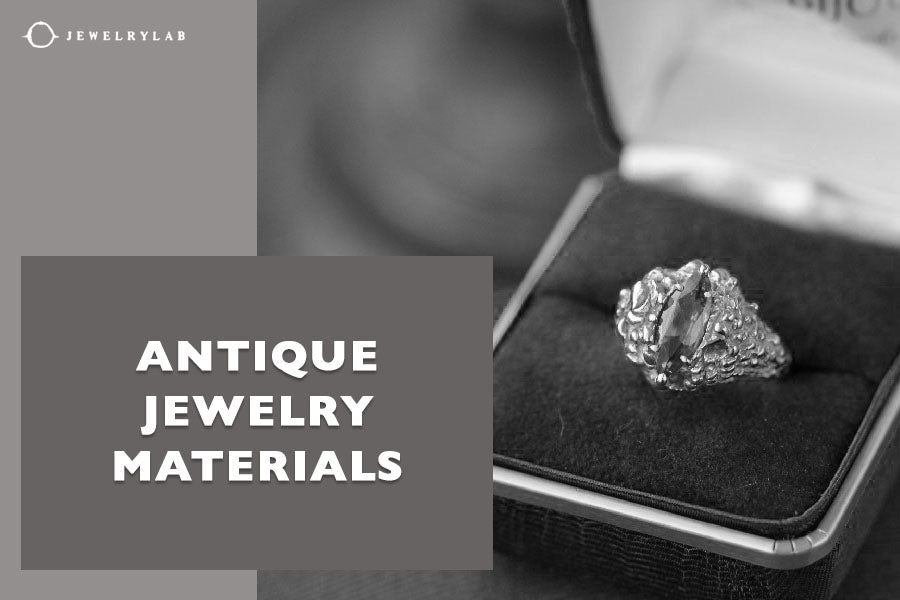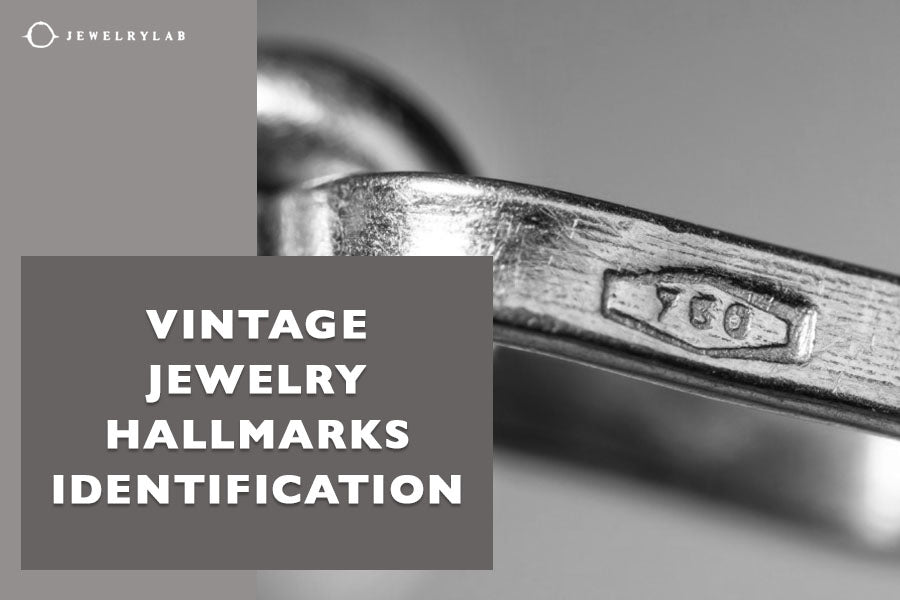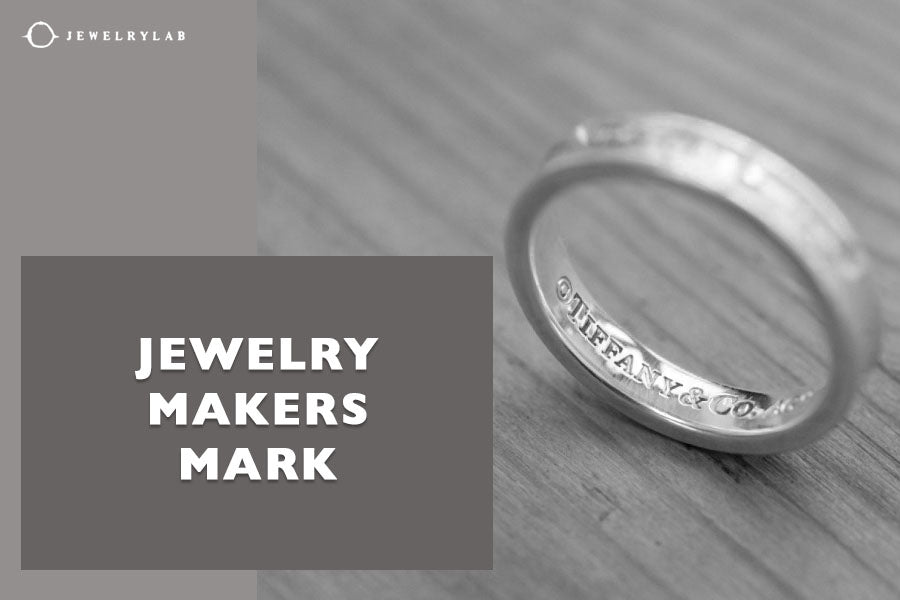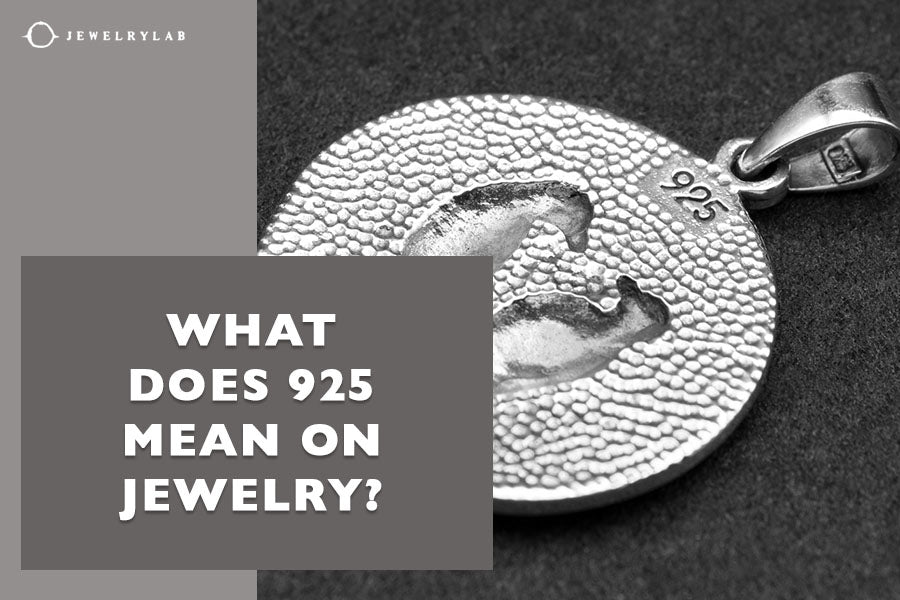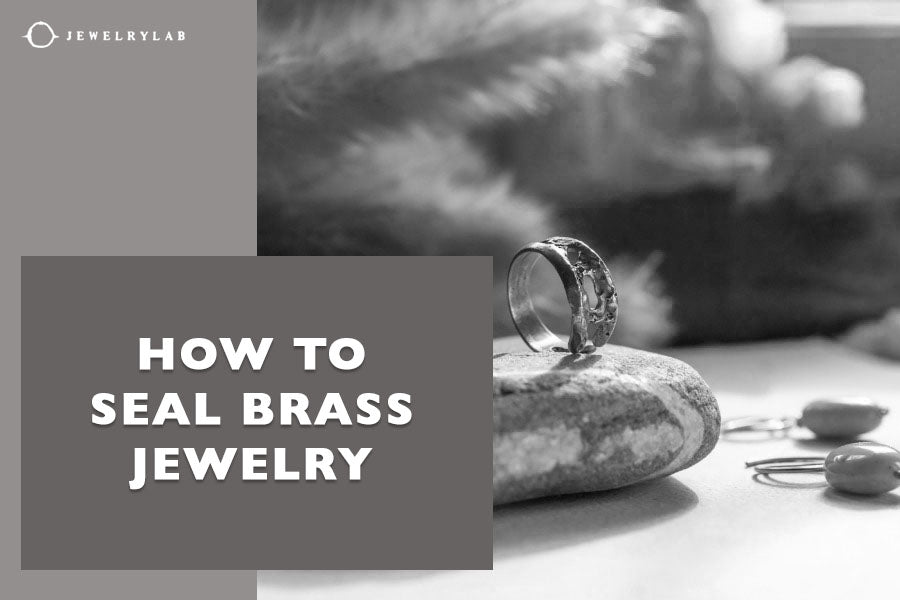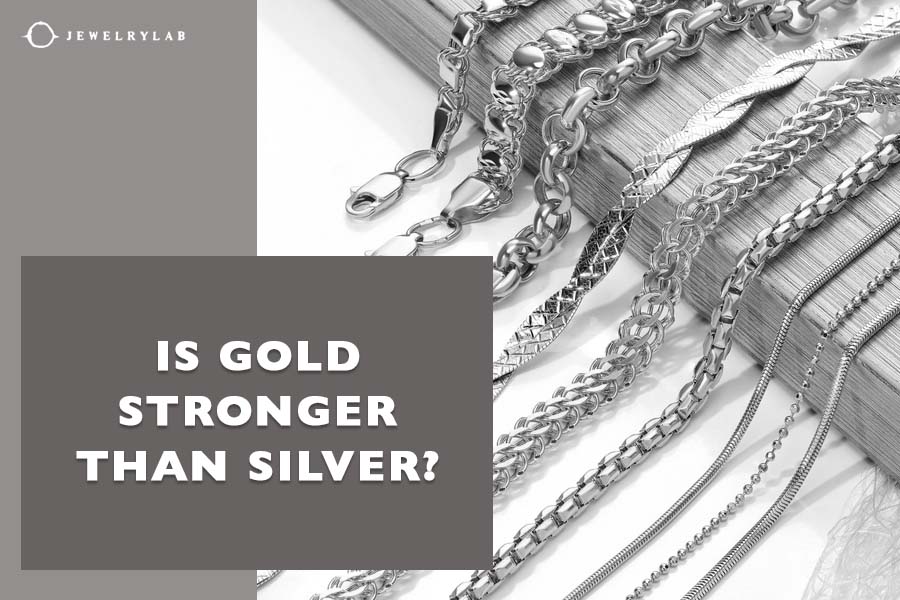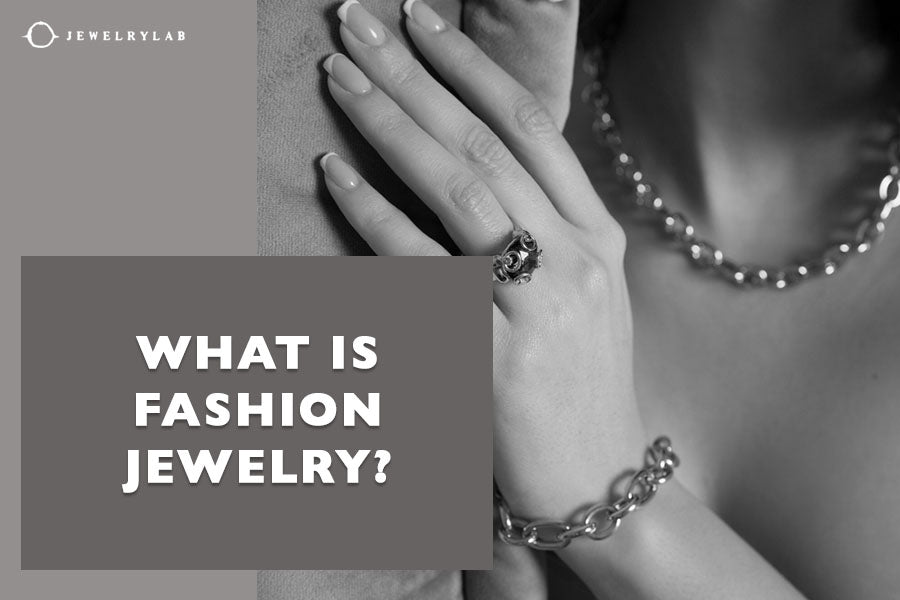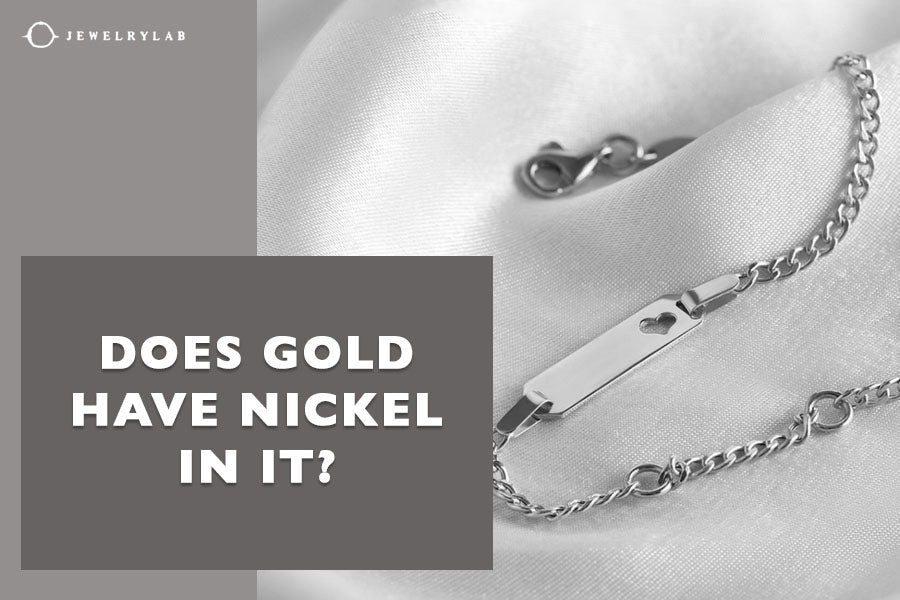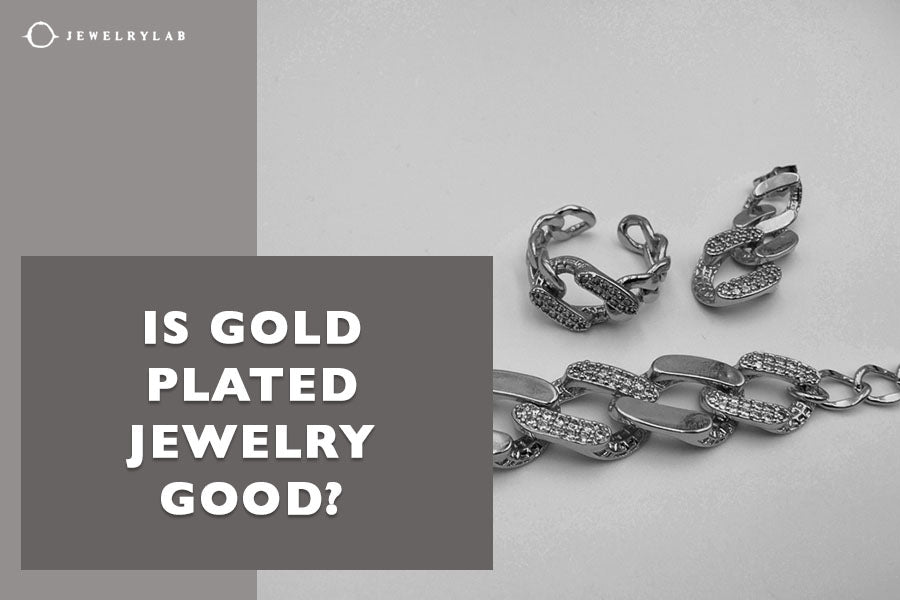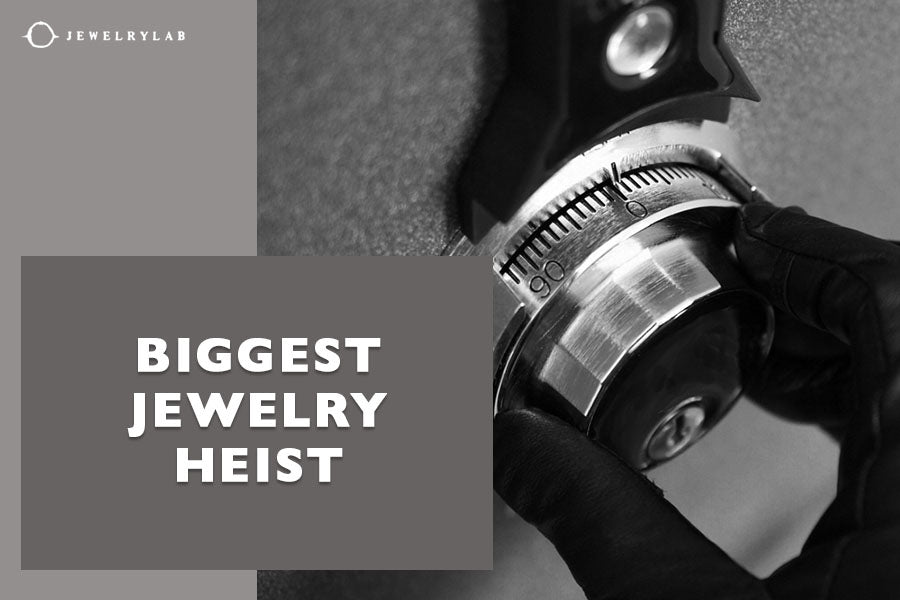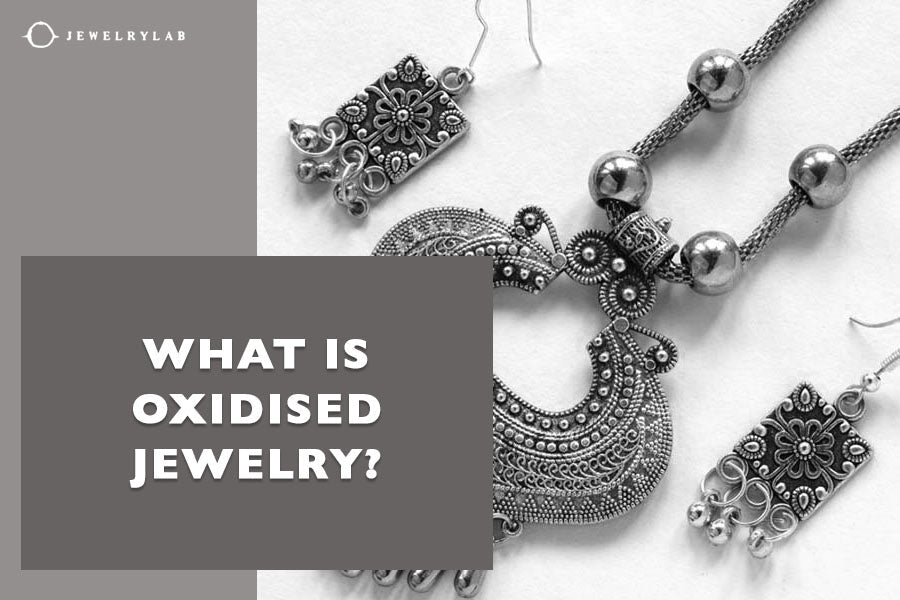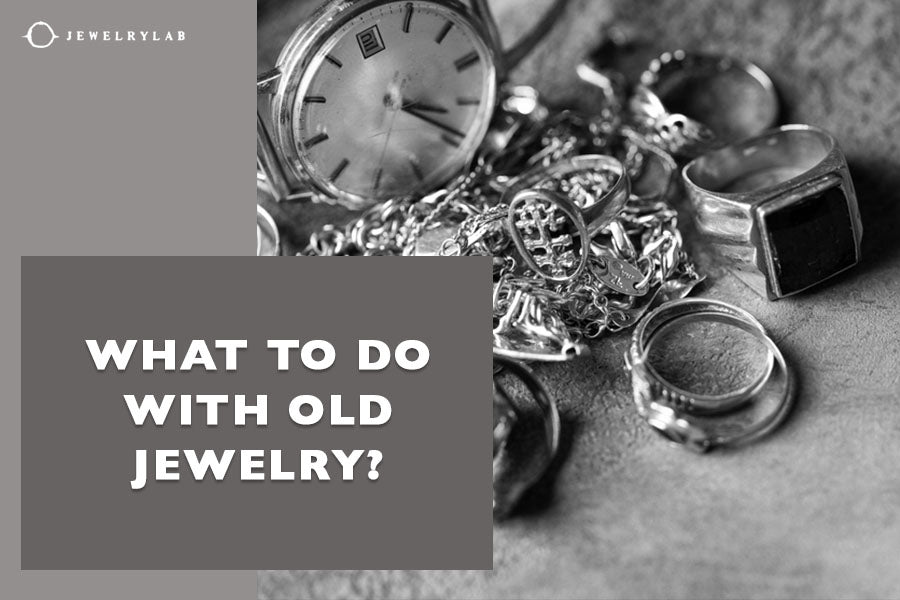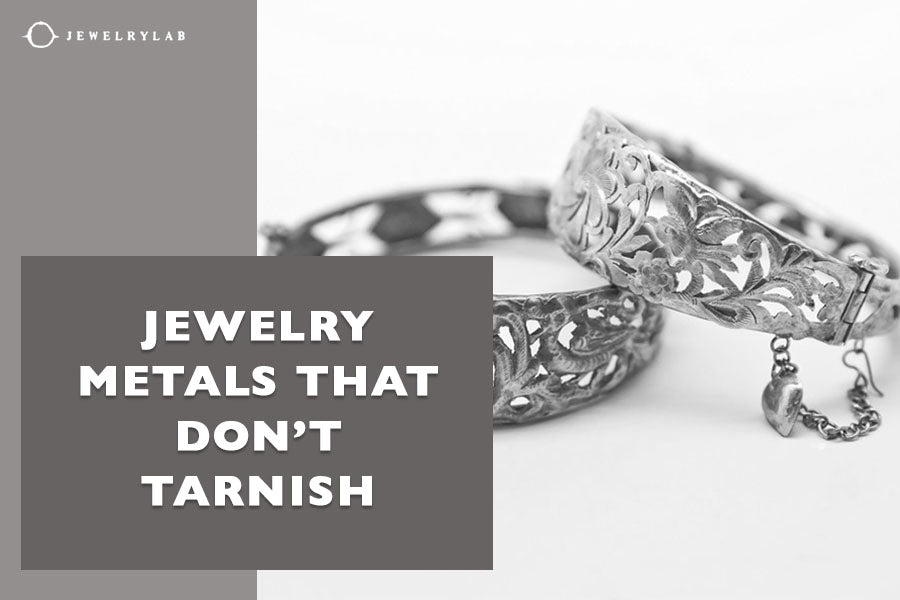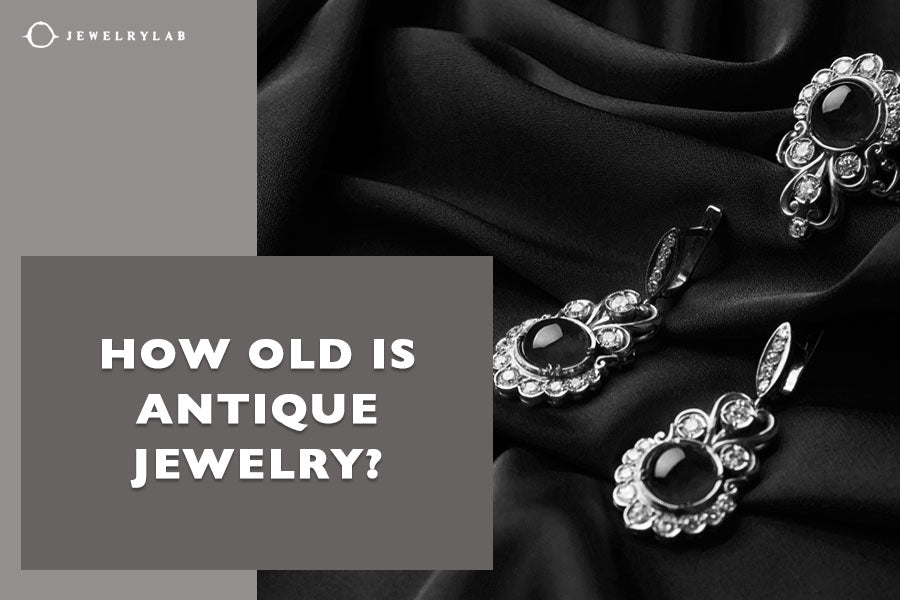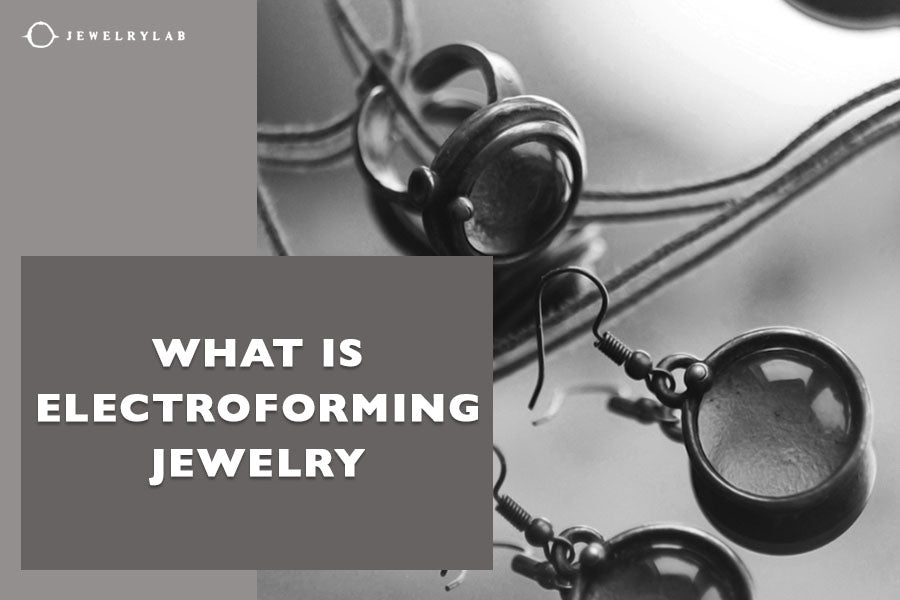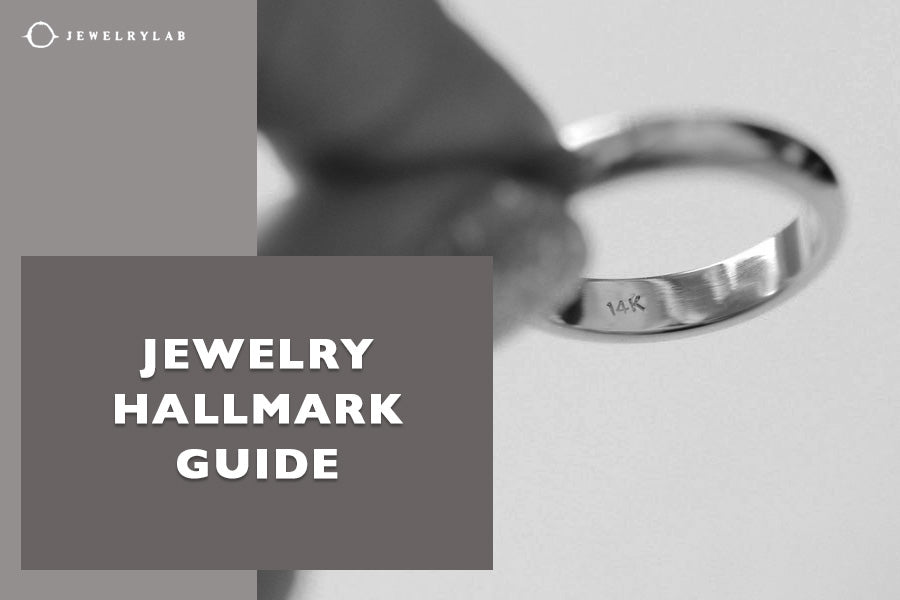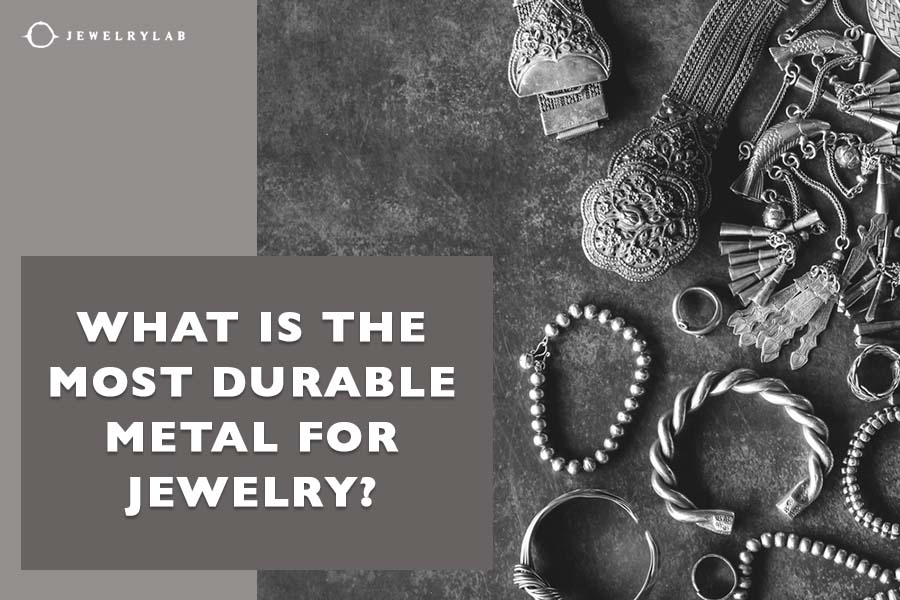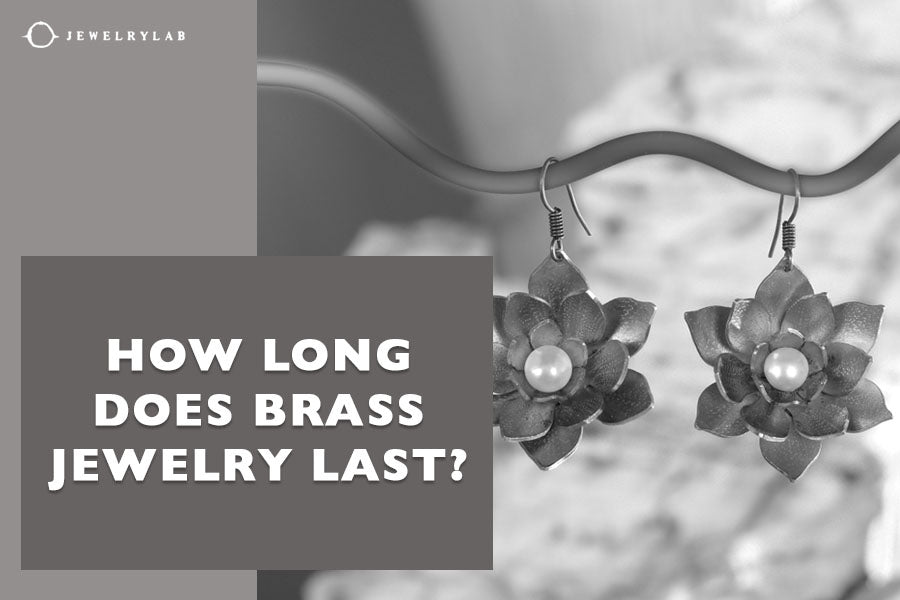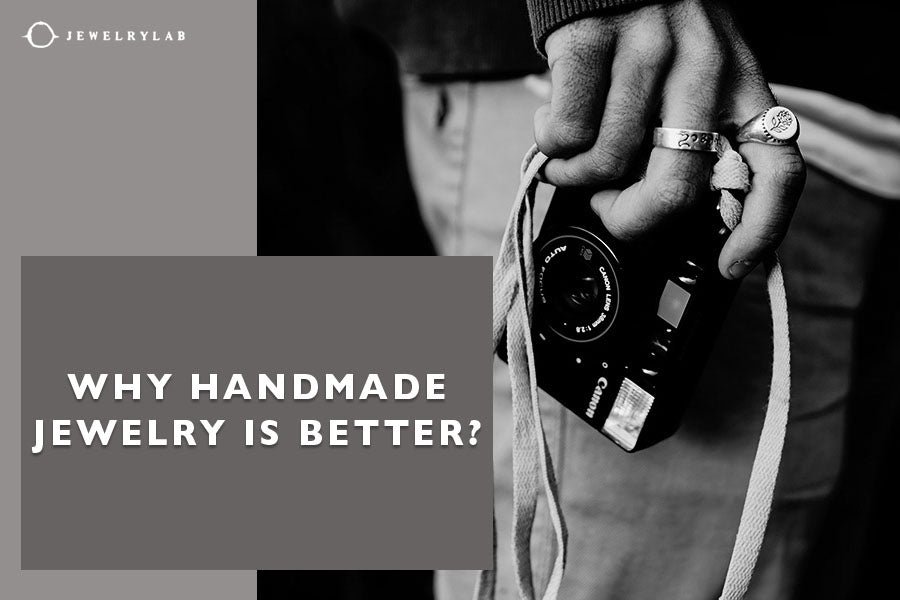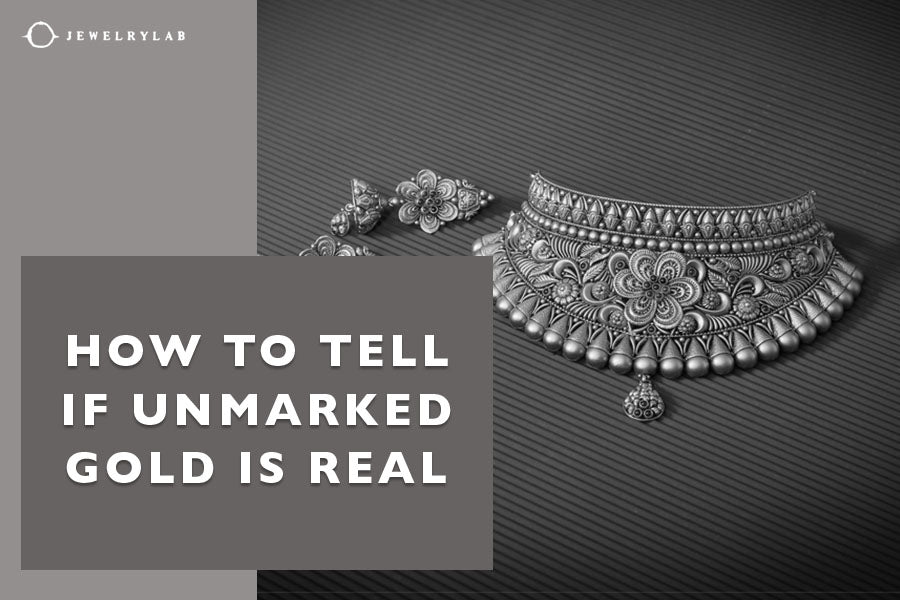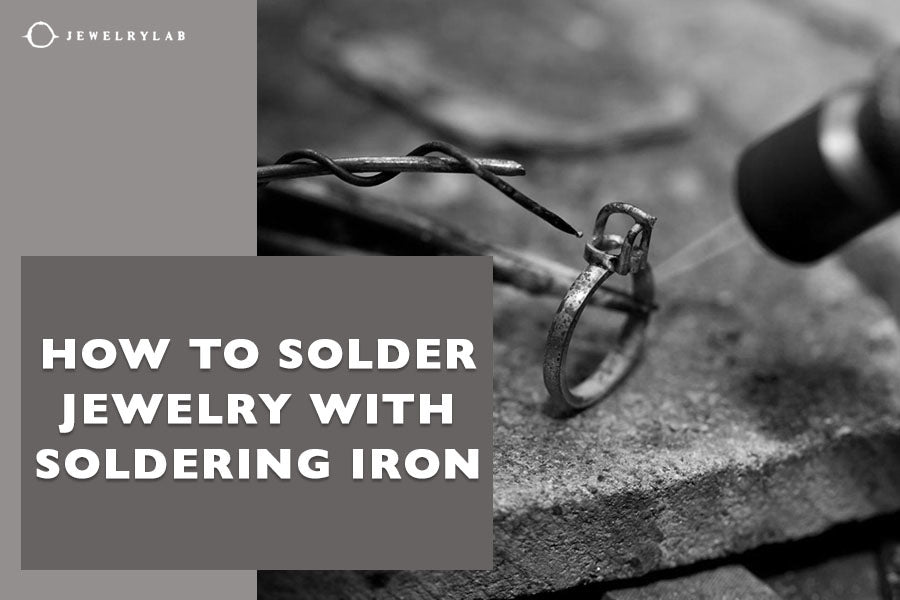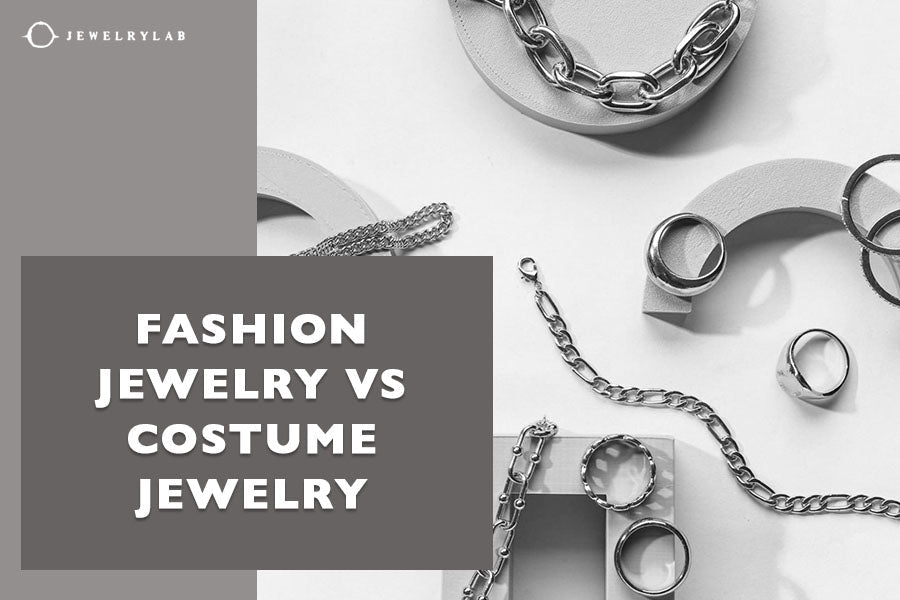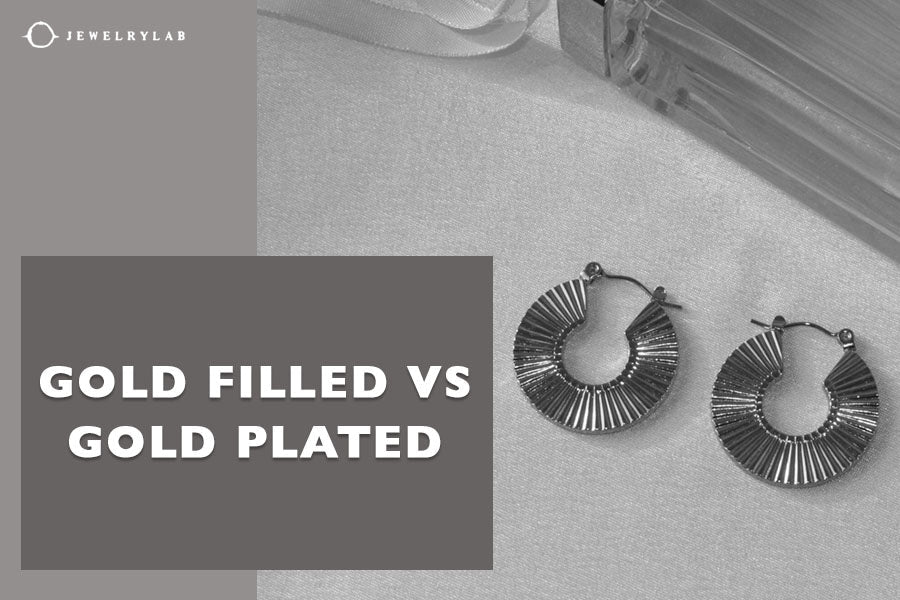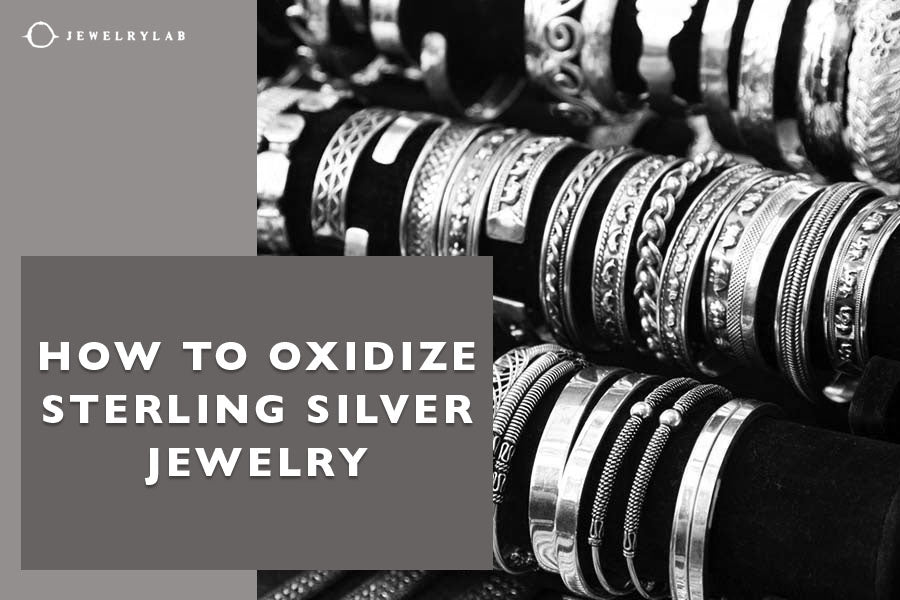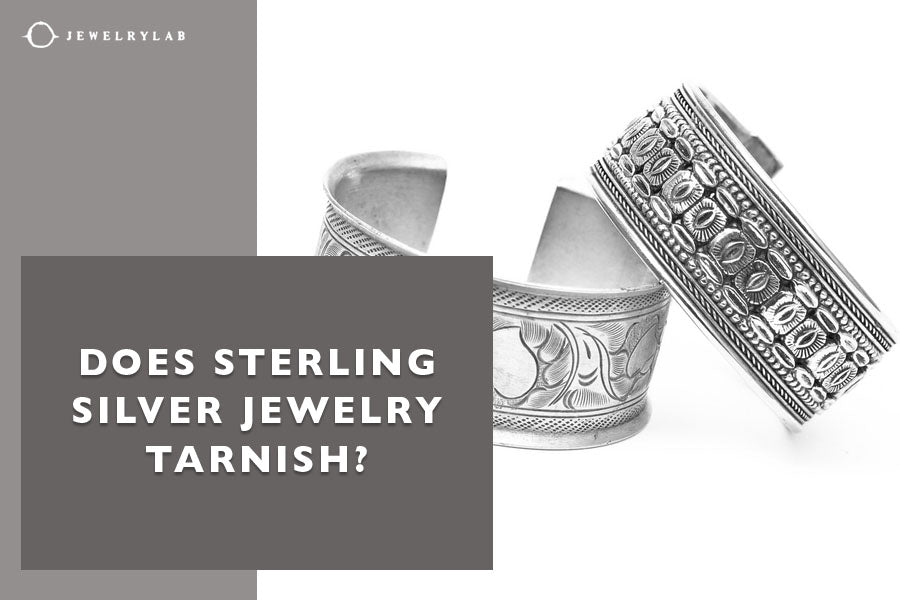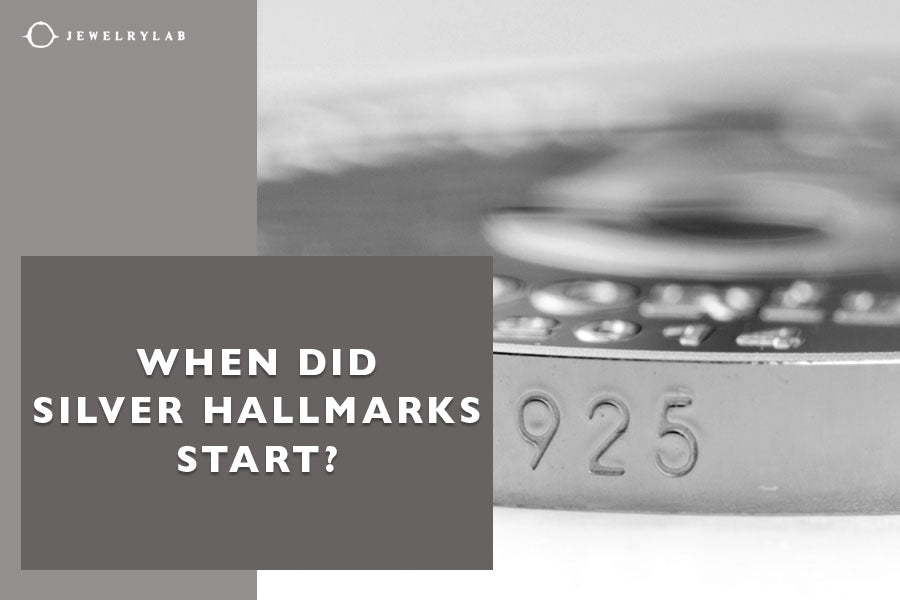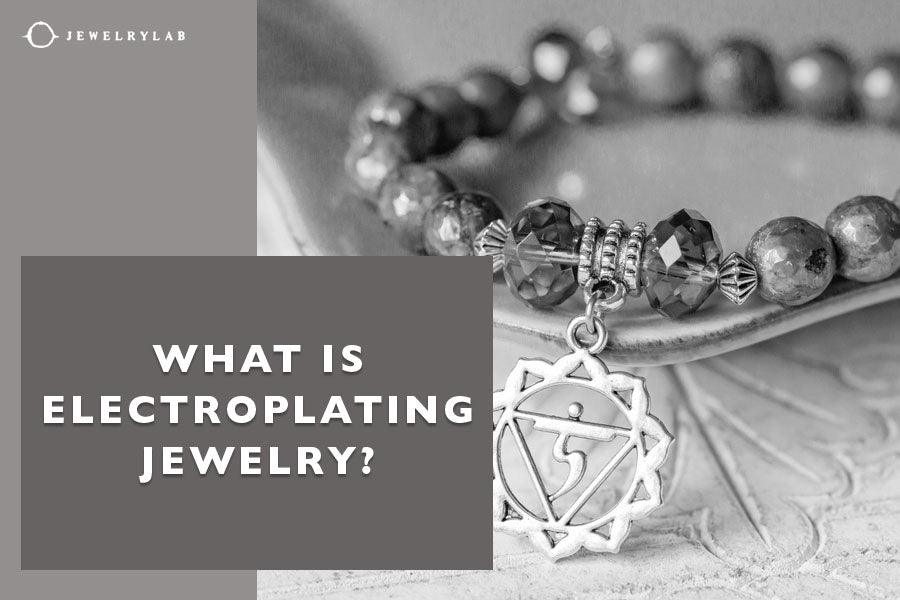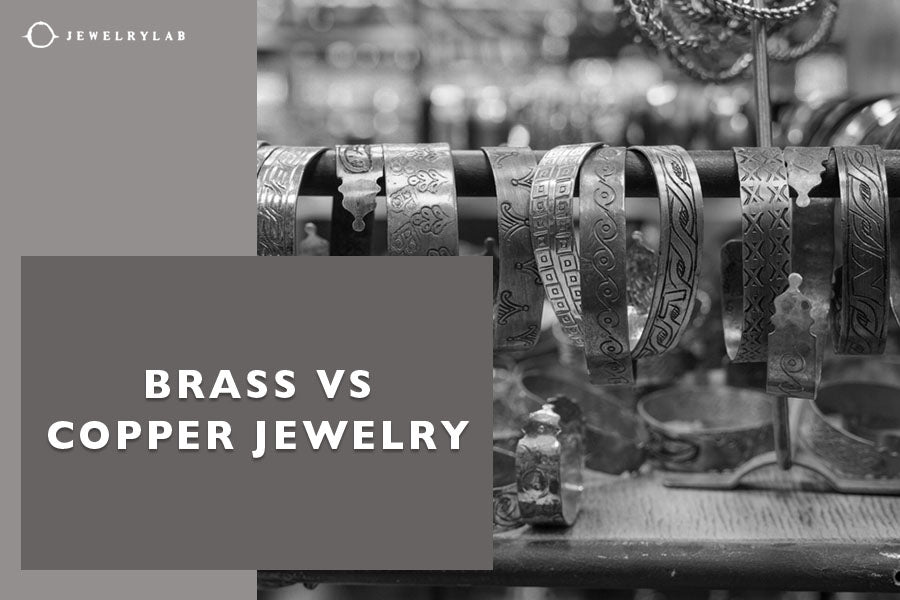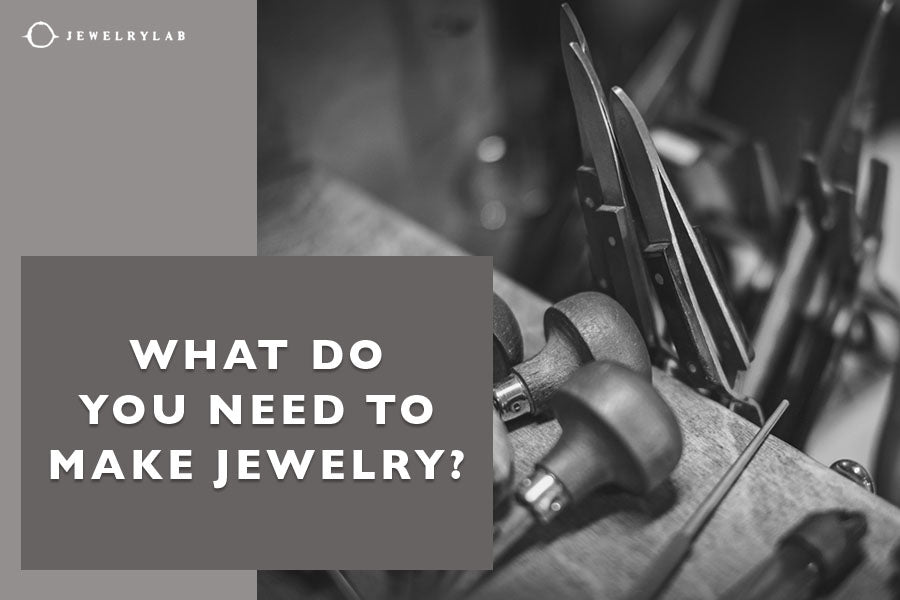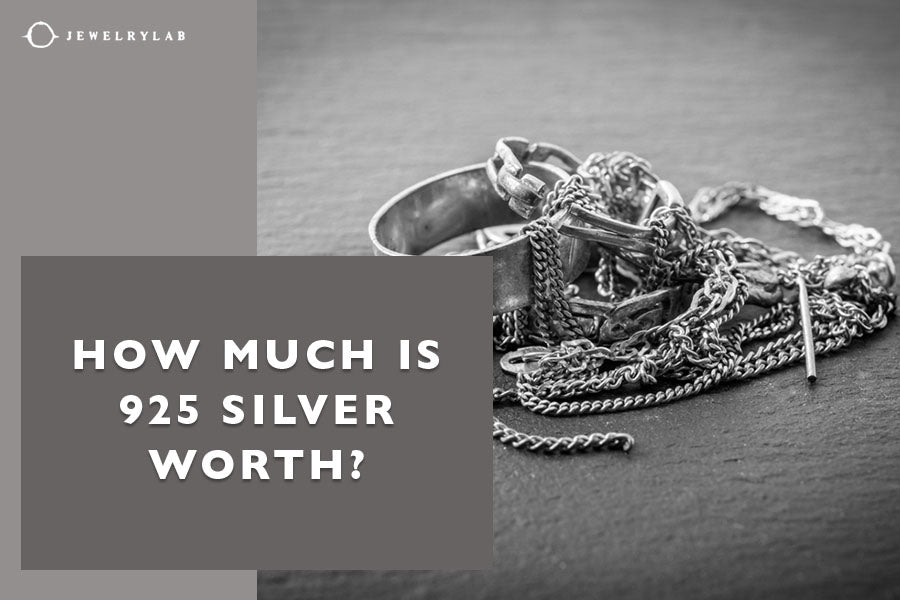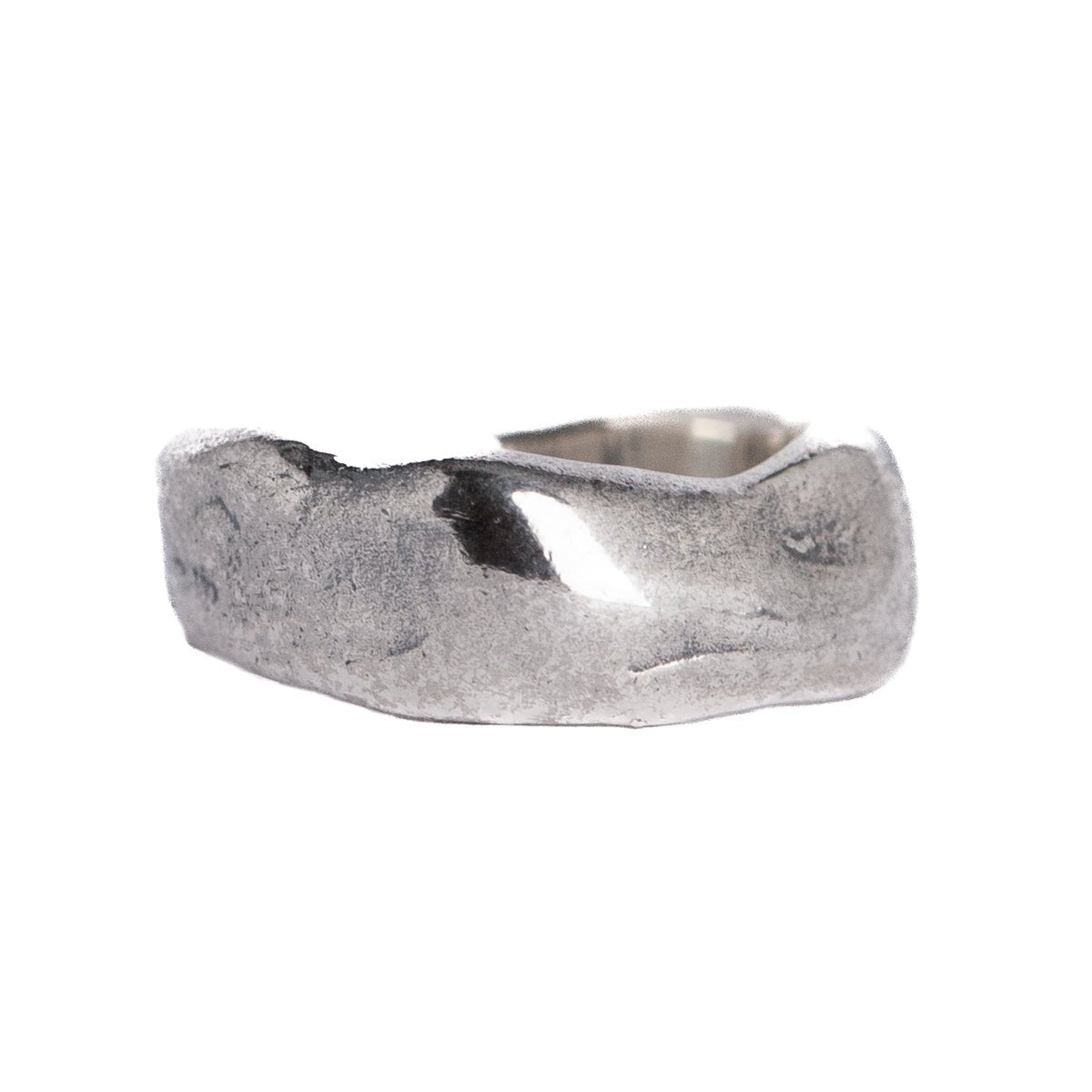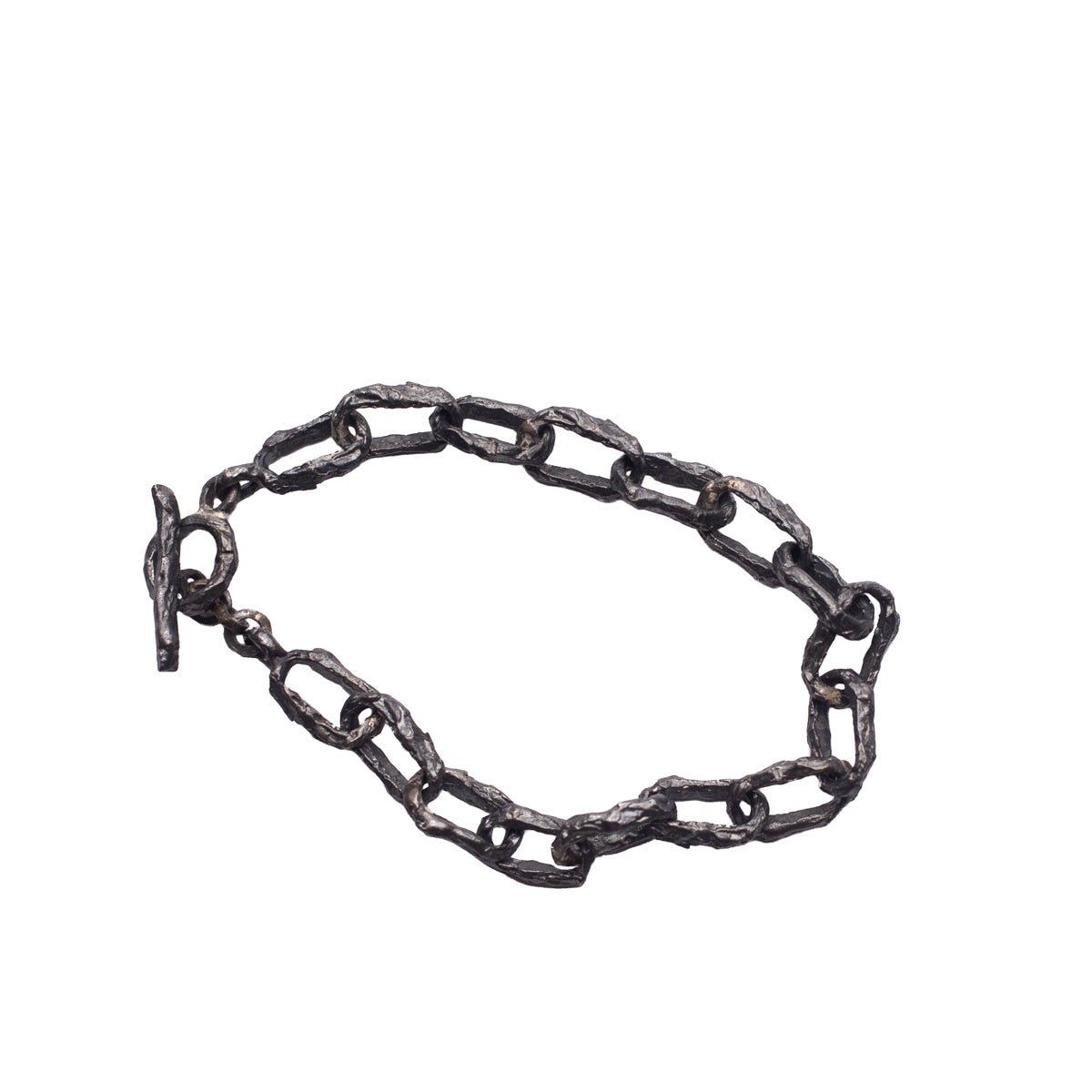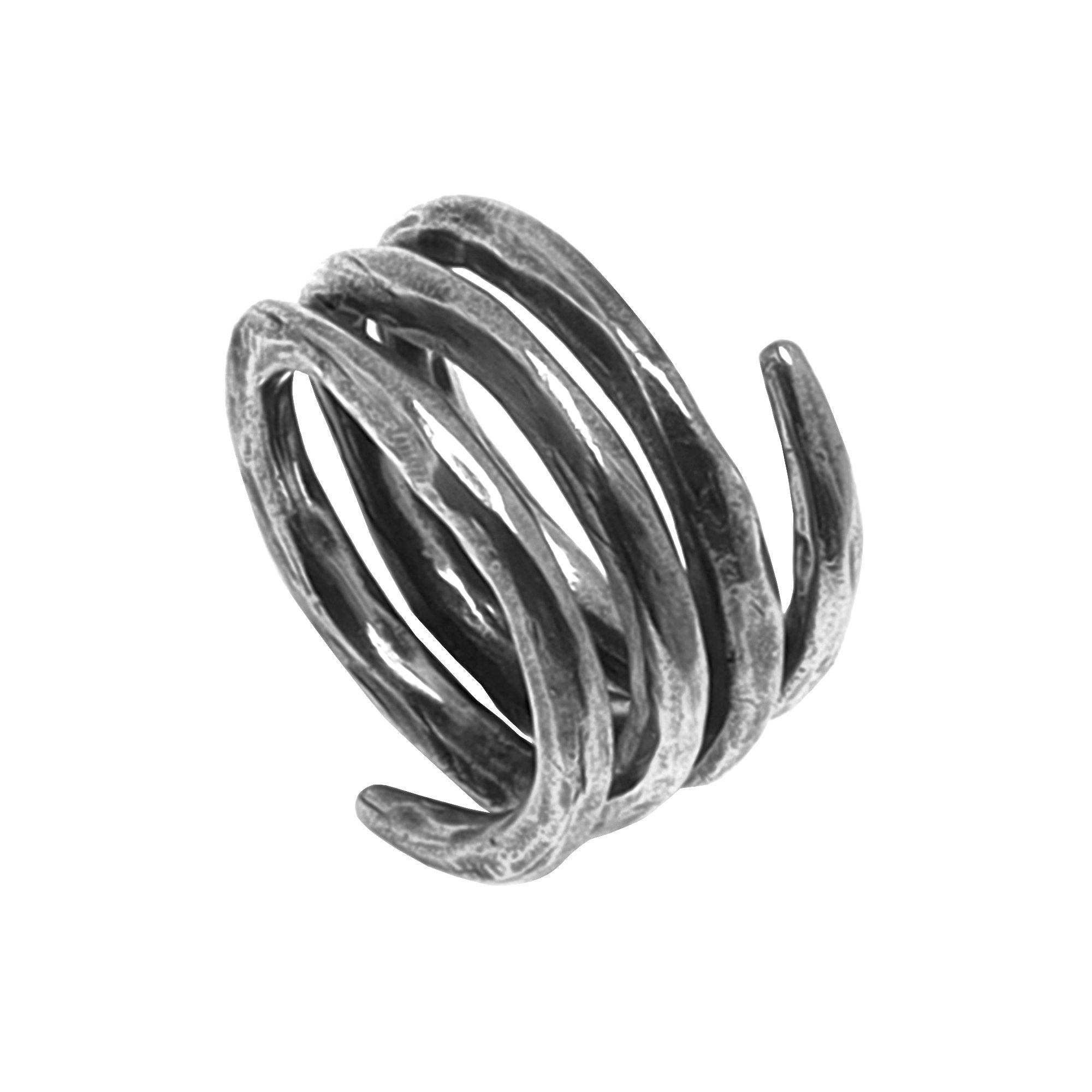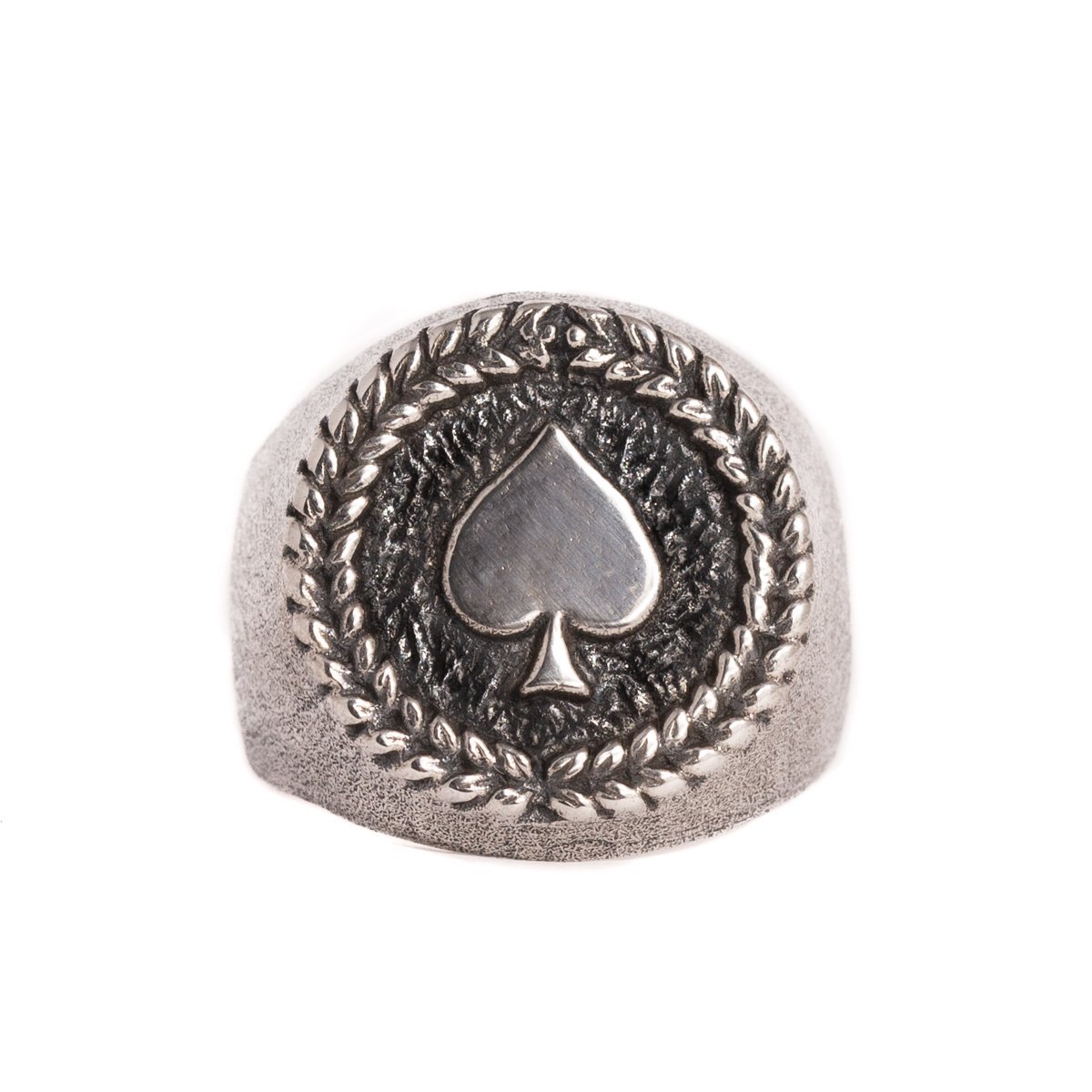by Jesús Zabala - 6 min read
Brass vs Stainless Steel Jewelry
Brass and stainless steel are dominant in the exciting world of jewelry making. Both have remarkable features, offering endless potential for stunning jewelry pieces with unique charm and appeal. But what is the difference between brass vs stainless steel jewelry? How do their characteristics differ, and what are their individual natures?
As jewelry experts, we will make a comparison of brass and stainless steel and discuss everything you need to know. Read on to learn more so that you can confidently choose between the timeless allure of brass and the modern strength of stainless steel!
Brass vs Stainless Steel Jewelry
Both brass and stainless steel jewelry can offer you versatility, hypoallergenic properties, and affordability. While these non-precious alloys share these qualities, they each bring their distinct visual appeal, color, strength, durability, and corrosion resistance to jewelry.
In the following, we will explore the distinctive qualities of brass and stainless steel to help you choose the material that best reflects your personality and style.
Composition and properties
Brass
Brass, an alloy of copper and zinc, is renowned for its remarkable malleability, corrosion resistance, conductivity, and antibacterial properties. Depending on the precise ratio of copper and zinc within its composition, brass offers a stunning array of workability and color.
With over 60% copper, brass is softer and has captivating golden and reddish shades. Conversely, with over 40% zinc, brass exhibits a harder texture with yellow and silvery hues.
We, as artisans, opt for blends ranging between 50-67% copper and 50-33% zinc. This perfect balance yields a glorious gold color and optimal elasticity, enabling us to cast exclusive and imaginative jewelry designs for you.

Source: shutterstock.com / Photo Contributor: Aki 2007
Stainless steel
Stainless steel is an alloy that offers heat and oxidation resistance alongside durability. It is composed mainly of iron, carbon, and chromium, often featuring nickel and molybdenum. Stainless steel offers a range of attributes across its various grades.
When it comes to jewelry, grades 304, 316, and 316 L stand out with resistance to corrosion and tarnishing, offering robust jewelry suitable for everyday wear. However, compared to brass, stainless steel is less malleable and stiffer, which can limit its use in intricate jewelry designs.
Aesthetic appeal and versatility
Brass jewelry
Brass jewelry has a naturally occurring vintage charm and antique elegance because of its high copper content. Its warm, rich tones and unbounded versatility can add a captivating touch to day outfits or spice up a show-stopping evening ensemble. With its striking patterns and intricate designs, brass can really accommodate specific tastes on separate occasions.
When you are ready to embrace the enduring beauty of brass, you can add a hint of fire with our Minimal Bracelet or make a daring statement with the inimitable Jive Bracelet. Or, choose from our handmade brass collection and make a dazzling impact wherever you go.
Stainless steel jewelry
When discussing brass vs stainless steel jewelry, we can notice that in terms of appearance, sterling silver significantly differs from brass. Its shiny charm and cooler silver hue can radiate sleek and contemporary vibration, offering versatile options that complement various styles.
If you are drawn to clean lines, cold cuts, and personally engraved pieces, stainless steel jewelry can uplift your outfits. With its shiny silver color and a selection of diverse finishes, including glossy, brushed, mirrored, and matte, stainless steel delivers eclectic and minimalistic jewelry options.
Durability and strength
Brass jewelry
The strength and durability of brass are unquestionable, making it less prone to scratches and more resistant to tear. However, air, moisture, sweat, and chemical exposure can compromise its resilience.
That's why it's essential to provide good care and protect its grace from abrasive environments. The best way to clean brass jewelry is with mild soap and water, dry it, and polish it with a clean, polishing cloth. Keeping your brass jewelry for special occasions and storing it correctly will ensure it remains as beautiful as the day you acquired it.
Stainless steel jewelry
Stainless steel is one of the strongest and most durable jewelry materials. Its resistance to damage and scratching surpasses even that of precious metals like gold and silver. Withstanding daily wear and tear, stainless steel jewelry can retain its original luster and shape longer, proving perfect for active and dynamic lifestyles.
Yet, good maintenance is mandatory to boost longevity. So, regular cleaning with soap and water, polishing with a soft cloth, and avoiding harsh chemicals can keep your stainless steel jewelry immaculate for years.
Tarnish and corrosion resistance
Brass jewelry
When exposed to sulfur in the air, brass jewelry develops an enchanting patina. This delicate, greenish layer enhances the jewelry's bohemian aesthetic and protects it from corrosion.
Patinated brass jewelry is exceptional. However, many jewelry enthusiasts prefer its polished, clear looks. Luckily, oxidation can be prevented, and patinating can be slowed down by applying a protective wax or varnish coating.
Another essential thing to consider when buying brass jewelry is that even though brass' resistance to corrosion is labeled as excellent, it can corrode and tarnish in wet conditions. To prevent tarnish, keep your brass jewelry away from water and chemicals such as soaps, perfumes, and body lotions. Store it in anti-tarnishing bags in air-tight jewelry containers, and clean it from body oils and sweat after wearing.
Stainless steel jewelry
When we compared brass vs stainless steel jewelry, we noticed that stainless steel jewelry is more resistant to oxidation, tarnishing, and corrosion than brass. Due to its composition, stainless steel forms a protective layer on its surface.
This layer often prevents chemical reactions with air, moisture, chemicals, and skin fluids, stemming oxidation and tarnishing. Moreover, thanks to its chromium content, the chances that stainless steel jewelry will corrode are close to zero.
Hypoallergenic properties
Brass jewelry
Brass jewelry might be considered safe for people with sensitive skin because it's made of two hypoallergenic metals, copper and zinc. Yet, that doesn't mean that brass can't cause an allergic reaction.
Brass jewelry can be often infused with nickel and other metals. Nickel, mainly, is known to possibly cause skin reactions, and a good portion of the population has a nickel allergy.
That's why we at JewelryLab source our metals and alloys very carefully and don't use nickel alloys to craft our jewelry. This way, we can ensure that our brass jewelry is hypoallergenic and can be worn worry-free.
Stainless steel jewelry
The stainless steel grades used in jewelry production are recognized for their hypoallergenic characteristics. That means that stainless steel jewelry might rarely cause skin irritations or allergic reactions.
Despite containing nickel, special grades like surgical steel and 316 L have nickel securely bound. This ensures that it doesn't leach onto your skin and maintains its hypoallergenic nature.

Source: shutterstock.com / Photo Contributor: Jan Dix
Price and affordability
Brass jewelry
All that’s left is paralleling brass vs stainless steel jewelry in terms of price. Brass jewelry is typically more affordable than stainless steel jewelry. Its lower price is usually due to the manufacturing methods and the materials involved.
Despite its affordability, prices of brass jewelry may fluctuate based on factors like craftsmanship and copper content. Still, you can find outstanding handmade brass jewelry without breaking the bank.
Stainless steel jewelry
Stainless steel jewelry offers an incredible proportion of quality and affordability. While it is costlier than brass, it remains a cost-effective alternative to gold and silver. Many stainless steel jewelry pieces feature gold plating, adding a touch of luxury at a fraction of the price.
Conclusion
We hope that you grasped the opportunity to explore the pros and cons of brass vs stainless steel jewelry. We compared their composition, appearance and nature, durability, corrosion and tarnish resistance, hypoallergenic properties, and affordability to help you gain valuable insight. So, is stainless steel or brass better for jewelry?
We think you're the only one who can truly evaluate that. We are confident that, armed with the information you have gathered, you will make an ideal choice for your jewelry collection. Choose the ideal product from our collection to suit your needs and style!
-
DESIGNED & HANDMADE IN BALI
-
FREE RESIZING FOR EVERY PIECE
-
FREE SHIPPING ON $150+ ORDERS
-
100% SAFE & SECURE CHECKOUT

